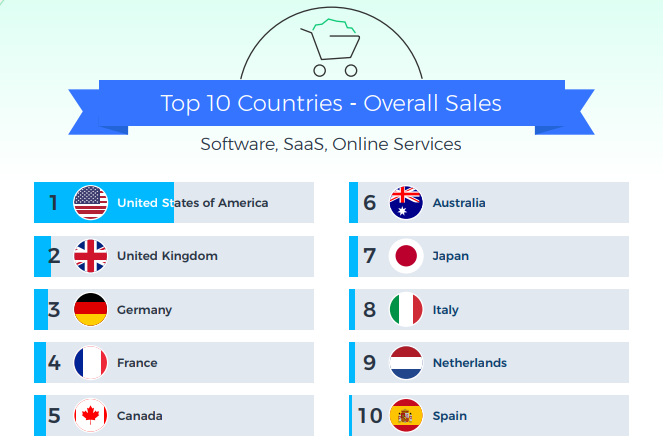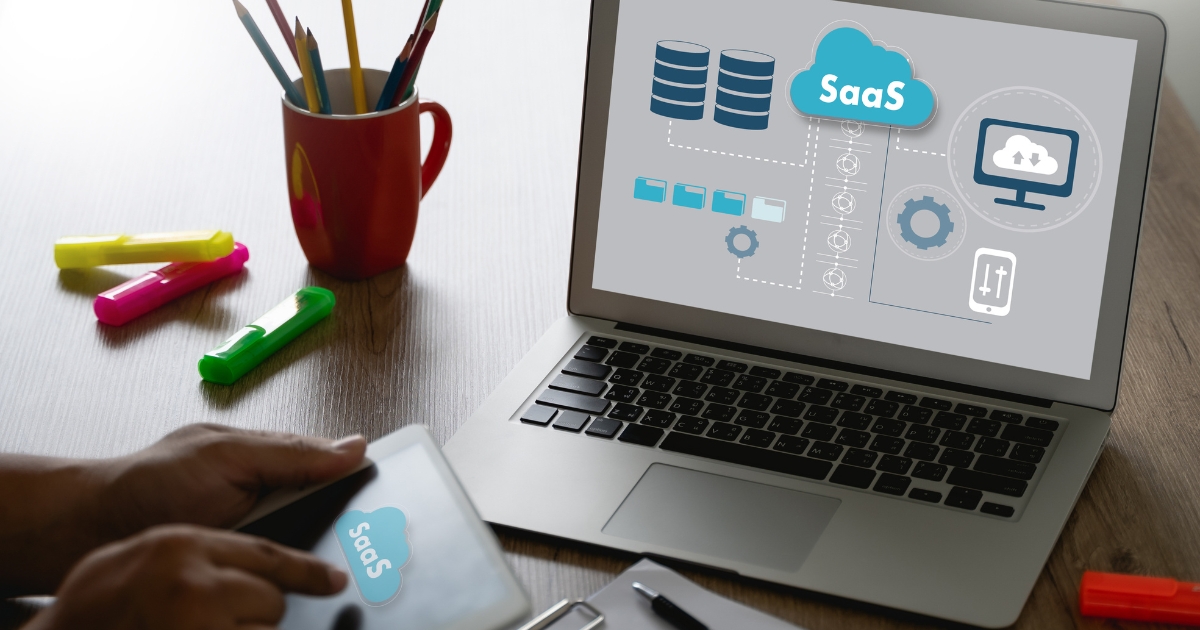Developing a strong customer acquisition strategy is a vital component to SaaS growth.
Whether you are a new startup or an established outfit, converting more leads to customers at the end of your funnel is ultimately what you want. However, before you are able to convert them, you need to acquire the leads in the first place.
Ensuring that there are enough quality customers at the top of your funnel means that more will go through each stage, increasing the number of paying subscribers at the end. And if every step of the customer’s journey is made as appealing and straightforward as possible, they are going to be converted more quickly.
It sounds simple, but many vendors struggle to get it right.
Here are four important SaaS Customer Acquisition practices to keep in mind to help you convert more leads more often:
1. Create Ideal Customer Personas
In the initial stages of your customer acquisition process, you want to reach as many people as possible that have a legitimate interest in your solution. In other words, you don’t just want customer acquisition; you want quality customer acquisition.
Customer personas are a great way of targeting the core groups of people who really need your products and services. If you can establish the big pain points and goals of your ideal customers, you can start to target them.
Find out what it was that got your existing customers to invest in your solution. Different customers will have different answers, which means you can then categorize them by their motivations. In order to get started, what you need is a general idea of what they do, their roles, problems they are looking to solve and why they value you.
This can help you target your acquisition campaigns more effectively and get the right communication channels and formats, from high level guidelines all the way to actual keywords into your content and web pages.
2. Measure and Improve with Analytics
Optimizing each stage of your funnel in order to reduce the number of barriers to a conversion is critical. Use analytics to measure your Key Performance Indicators (KPIs) in order to highlight where your overall strategy or specific procedures could be improved or capitalized on further.
The results can be used to identify traffic sources that are over or under performing, as well as the click through rates (CTR) once traffic reaches your site. Relevant adjustments can then be made to your paid online ads, content assets or landing pages in order to attract and guide customers more smoothly and effectively to the next stages of the buying process.
You may find that something as simple as repositioning a call to action (CTA) so that it is above the fold on a particular page can make a decisive difference. Or it may be that lead capture forms can be simplified and made more user-friendly.
Investing in analytics tools to tell you who is visiting your site, how they got there, and what they are doing while they are there can prove to be invaluable. And the good news is that there are free tools available to get you started, with Google Analytics being one of the most widely used.
In the long run, this will also help you to optimize your customer acquisition cost (CAC) as you refine your spend and maximize the conversion rate of each lead.
3. Keep Pace with a Shifting Landscape
The efficacy of customer acquisition strategies change with time. What was a fruitful strategy a few years ago may not necessarily yield the same results today. Free trials or freemium packages are a great example of this. Today, the SaaS market is overly saturated with vendors offering free trials or freemium packages.
This means that while the freemium strategy can still prove to be useful, it is more or less a standard practice and it may get you exactly this – free trials or freemium users, but you need to do more to convert those users into paying customers. You need to work harder to prove your value, right from the onboarding / trial stage.
Another aspect of this is that it is becoming more relevant to utilize multiple funnels. One to convert those who seek you out with intent, and another for those who require a little more time before they are ready to sign up – and need to go through a nurturing process. Content such as eBooks and white papers are a great way of harnessing this second type of traffic, as it gives people education and a CTA that appeals on a different level. They may not care or know very much about your solution itself, but by appealing to their interest in a particular problem or subject area, you are able to engage them and motivate an email sign-up from traffic that would be otherwise falling flat.
4. Allow for a Variety of Payment Options
SaaS research from 2017 found that not requiring a credit card for sign-up generates double the number of customers converted from free trials. However, measuring comes into play again. You need to understand quantity over quality. Will those users convert? In some cases, maybe it is better to require credit card information in the signup process – you may have fewer sign-ups, but a higher trial conversion rate.
Beyond the initial sign-up, how are you going to monetize those customer acquisitions? Meaning, how are they going to pay? The top payment methods used worldwide rank differently at country level, so you need to ensure you are offering the payment options that shoppers expect to see – sell globally, act locally!
This kind of phenomenon is only going to gain traction in the SaaS space, as customers demand a faster and simpler checkout process. In fact, a Kissmetrics case study on conversion optimization techniques has found that redesigning your checkout page and having customers fill in less information during the payment process can achieve a consistent 25% improvement on conversion rate.

5. Inspire Customer Loyalty
Your CAC can only be reduced so much. It’s always going to cost something to acquire a new customer. However, if you really inspire customer loyalty within your existing userbase, it means you have a higher Client Lifetime Value (CLV), meaning you can spend greater sums on the acquisition process. When CLV rises, CAC can simultaneously rise too – it just makes sense.
Today’s competitive climate requires you to think beyond the initial conversion to really get the best results from your marketing strategy. Keep your customers around for much longer by delighting them whenever they encounter you. What ways can you think of to surprise and inspire loyalty from your existing customers? The answer may very well help you retain them over time.
We have an in-depth webinar all about Why Customer Retention is the Biggest Business Lever You’re Ignoring. If you’re curious to find out more about how customer loyalty can help you improve acquisition and ultimately grow revenue for your software or SaaS business, be sure to watch.
Do you have any other great customer acquisition practices that you tried and tested? Keep the conversation going and let us know in the comments.




